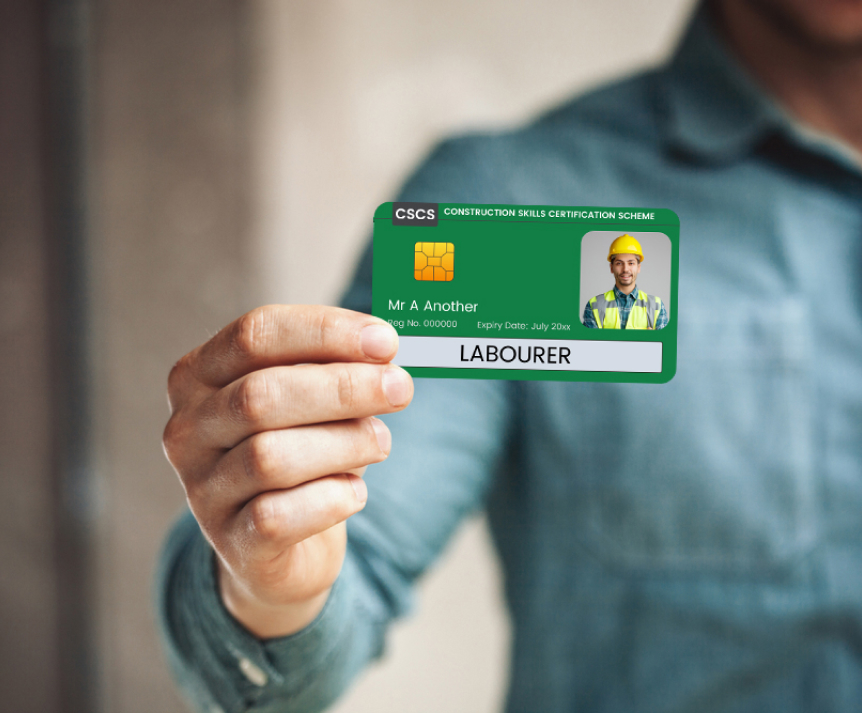Assessors’ core responsibility is to evaluate learners. To do so effectively, they must use assessment methods they will most likely learn and apply during the assessor course.
What are Assessment Methods in Education and Training?
Assessment methods check learners’ skills and knowledge needed to pass a qualification.
A qualification or assessment strategy specifies which methods to use. Learners must answer questions or write assignments if the qualification needs evidence of knowledge. A learner can be evaluated using the following assessment approaches:
- Questions
- Assignments
- Discussions
- Witness testimony
- Simulation
- Roleplay
- Reflective accounts, where learners talk or write about what they did in a real situation

What are the Types of Assessment Methods
Observation
Observation is a natural way to gather evidence of a learner’s skills. If assessing a group, each learner’s observation should be recorded individually, noting how each one acted, spoke, or performed.
Observation | Observing learner’s performing skills either in the workplace or a learning environment. This includes job roles or skills during apprenticeships. |
Strengths of Observations | – Allows direct view of learner’s skills in action – Enables assessment of how learners perform tasks and correct mistakes – Multiple criteria can be assessed simultaneously – Motivates by addressing many criteria in a single observation |
Limitations of Observations | – Timing issues, especially if observation needs to be done in person and the learner works unconventional hours (e.g., night shifts). – In settings where recording is not feasible (e.g., nurseries), reliance on notes and memory may be challenging. |
Questioning
Q&A can be an oral or in-writing assessment method, and it can also include quizzes or exams. Questioning helps you see what the candidate understands and where they need to improve. It is a useful approach to identify areas for growth and plan the next steps.
Questioning | A popular method for assessing a learner’s understanding and stimulating their thinking. It involves asking questions to assess knowledge and encourage deeper thought. |
Strengths | – Can include various types: multiple-choice, short answers, or essays – Questions can be personalised or drawn from a question bank – Challenges learners and promotes their potential – Can target critical thinking and skill recognition – Oral questions may be better for learners with dyslexia or visual impairments |
Limitations | – Closed questions (yes/no) limit the ability to demonstrate knowledge – Writing questions can be time-consuming – Written responses may be copied or plagiarized – Essay-style questions may be challenging for some learners, so various question types are needed |
Projects
Projects and assignments help you see what a candidate knows by gathering all their work in one place. This can include reports, essays, or research tasks. Mistakes or missing information in their work show where their knowledge needs improvement. You can help them learn more and cover gaps before the final assessment.
Projects | Projects are useful for collecting a lot of information at once. They can include reports, essays, or research tasks. |
Strengths of Projects | – Reveals gaps in the learner’s knowledge for targeted extra training – Provides real-world experience in a professional or vocational setting – Structured with a clear beginning, middle, and end, allowing for formative feedback and reflection |
Limitations of Projects | – Keeping the learner engaged can be challenging, especially if projects last several weeks or months – Maintaining motivation throughout the entire project duration is necessary |
Recognition of Prior Learning (RPL)
RPL, or Recognition of Prior Learning, looks at any previous qualifications, awards, or certificates the candidate has earned. As an assessor, you compare this prior work with the current criteria to see if the candidate has met them. This method is favoured by candidates because it might reduce their workload if they have already covered the material.
RPL (Recognition of Prior Learning) | RPL involves considering any previous qualifications the learner has that show they already know or understand parts of their current qualification. |
Strengths of RPL | – Helps learners avoid repeating work they have already completed – Saves time by allowing learners to progress faster – Previous work history is valued and not wasted |
Limitations of RPL | – Requires assessing if previous learning aligns with current qualification criteria – Learners may need to demonstrate their knowledge with a brief assignment – Sometimes, it may be easier to observe the learner cover the criteria again |
Witness Testimony
Witness Testimony relies on having a trustworthy candidate. For this method, you need a qualified professional who works with the candidate to write a report on when they saw the candidate perform a task or skill and confirm their competence.
The candidate must also write a report about the same task or skill. As the assessor, you compare both reports. If they match well, the testimony is likely valid and can be used to meet certain assessment criteria.
Witness Testimony | To get a valid witness testimony, you need a qualified professional who works with the candidate, like a line manager, to write a report on when they saw the candidate perform a task or skill to confirm their competence. |
Strengths of Witness Testimony | – The witness can confirm the candidate’s competence or achievements if they know the assessment criteria – Useful for practical skills; videos can support this but have their limitations |
Limitations of Witness Testimony | – The assessor must validate the suitability of the witness and verify the authenticity of their statements – There is a risk of fraud if learners sign statements themselves or if managers falsely act as witnesses to sign off on tasks they have not observed |
Work Product
If your candidate is working in a job related to their qualification, like an apprenticeship, they are likely doing tasks every day that could count as evidence for their criteria. Since they are already doing the work that meets the criteria, it might not make sense to ask them to repeat it in an assignment. This method is often popular with candidates because it lets them achieve two goals at once.
For example, a business administration student might take screenshots of emails to show their work. Depending on what the criteria require, if a screenshot can prove they have the needed skills, it is a good option.
Work Product | Work products involve assessing a candidate’s performance through their job-related tasks, often seen in Apprenticeships where candidates produce work relevant to their qualification. |
Strengths of Work Product | The finished product can provide high-quality evidence of the learner’s understanding and competence in a unit. It also serves as a tangible example of the learner’s skills. |
Weaknesses of Work Product | The end product can be challenging to assess. A portfolio is often needed to show both the understanding and the process, which can be time-consuming and unclear in terms of criteria benchmarks. |
VASCR Principles of Assessment Methods
The VASCR principles—Valid, Authentic, Sufficient, Current, and Reliable—help ensure assessment fairness and accuracy. They make sure that:
- The assessments are genuinely created by learners.
- They stay relevant.
- They cover all the required learning outcomes.
- They show consistent results over time.
What Qualifications Do You Need to Become a Qualified Assessor?
To become a qualified assessor, you need a relevant qualification, like the Level 3 CAVA Certificate. This certification allows you to conduct assessments in educational settings and train to assess skills in various job environments.
Once you complete this certification, you can assess learners working towards National Vocational Qualifications (NVQs) and apprenticeships.




